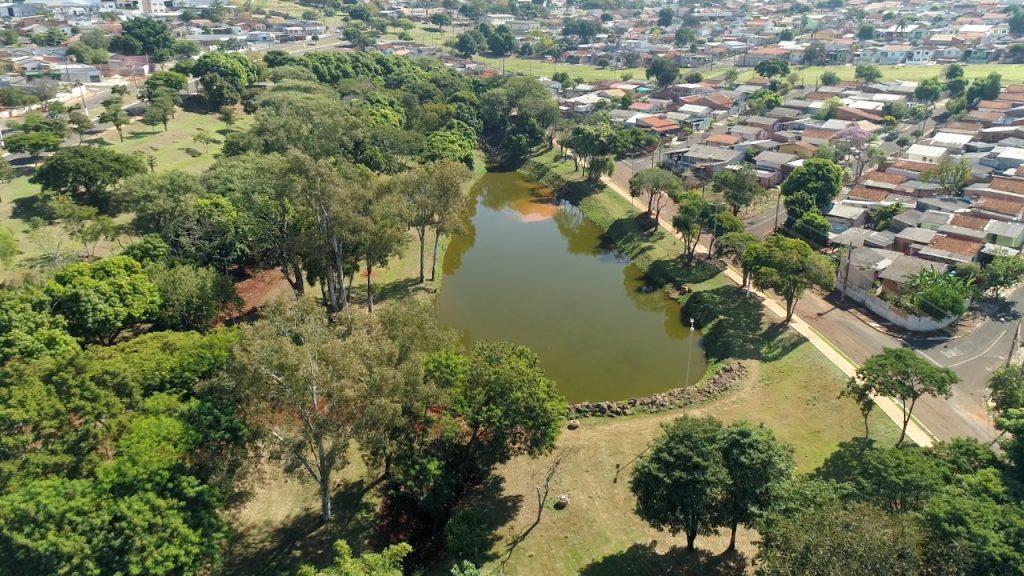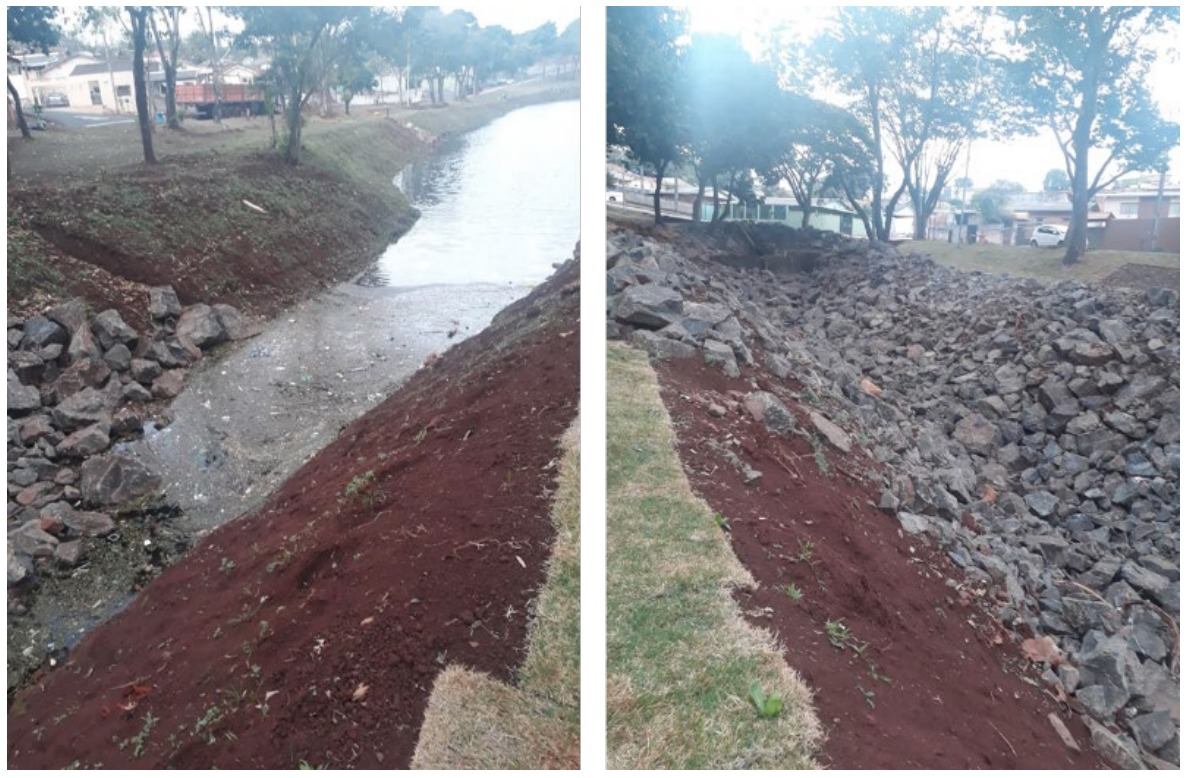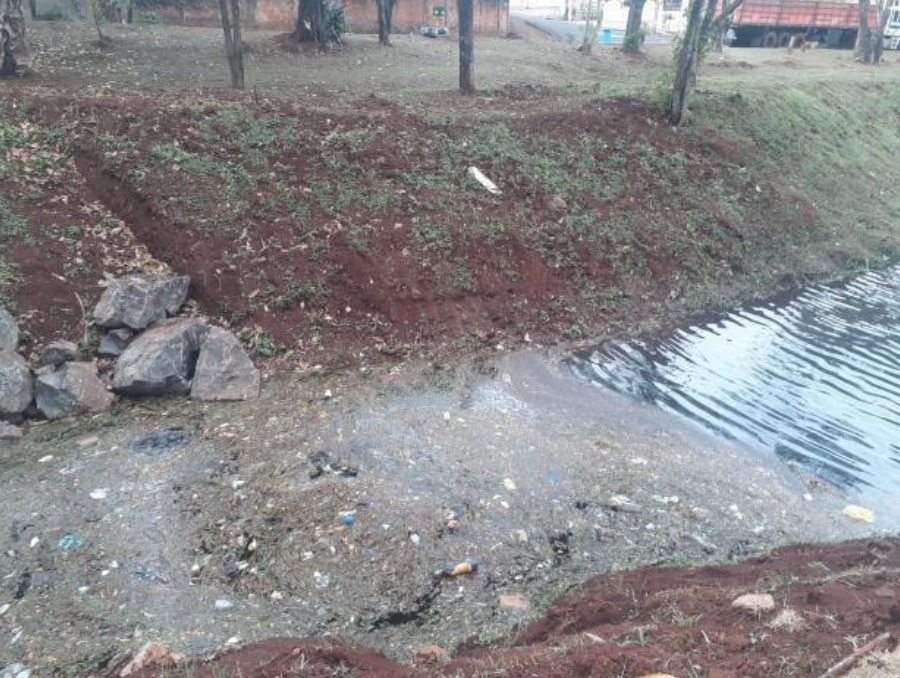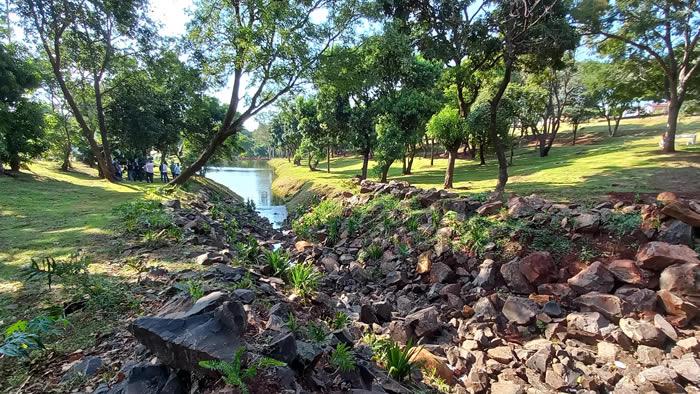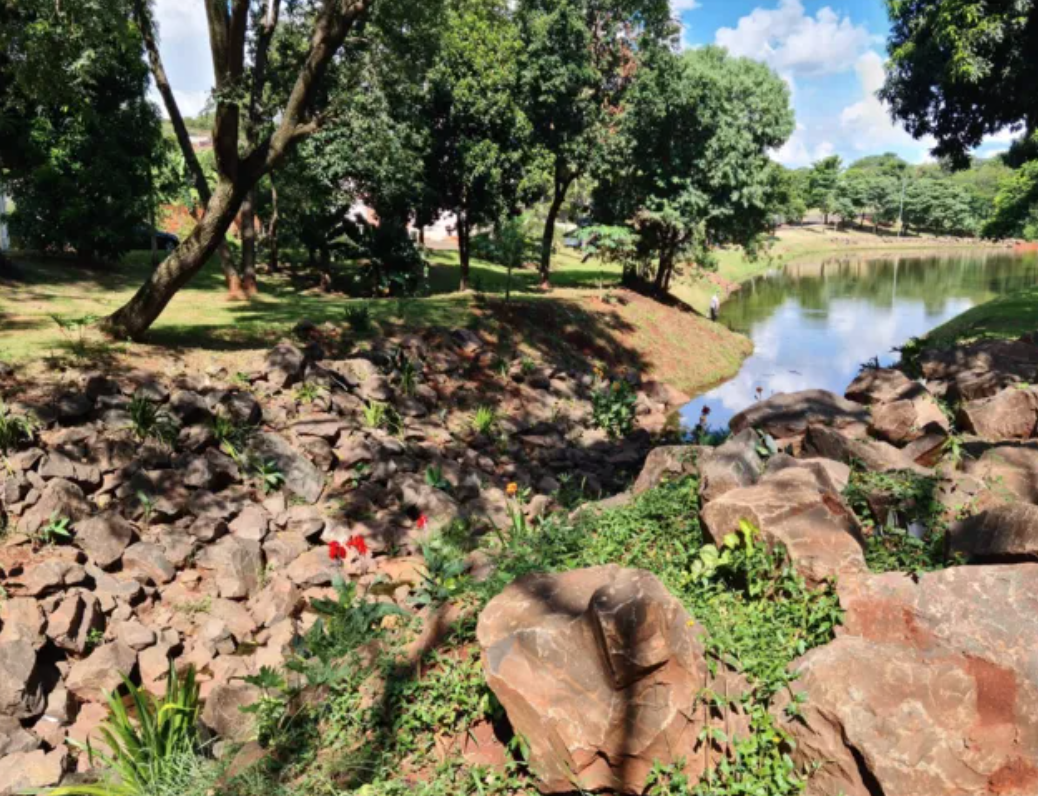The project has seen the "installation of rock structures to reduce the energy of the water that is drained by conventional rainwater galleries and the strategic planting of certain plant species that, through phytoremediation, can mitigate the diffuse pollution that affects the body of the river" (Ref. 1). In combination, "these solutions aim to prevent erosion and landslides on the banks, stop the siltation of the river, improve water quality and strengthen the linear park as a leisure space increasingly demanded by the population in its surroundings" (Ref. 1). A demonstration project which occurred under ICLEI's INTERACT-Bio project, the implementation of NBS has also been accompanied by other measures which saw Lake Cabrinha be de-silted, a walking path, benches, and playground be built and LED lighting be installed" (Ref. 1).
Overview
Nature-based solution
- Blue infrastructure
- Lakes/ponds
- Rivers/streams/canals/estuaries
- Green areas for water management
- Other
- Grey infrastructure featuring greens
- Riverbank/Lakeside greens
- Parks and urban forests
- Large urban parks or forests
Key challenges
- Climate action for adaptation, resilience and mitigation (SDG 13)
- Climate change adaptation
- Environmental quality
- Soil quality improvement
- Green space, habitats and biodiversity (SDG 15)
- Habitat and biodiversity conservation
- Green space creation and/or management
- Regeneration, land-use and urban development
- Promote natural styles of landscape design for urban development
- Water management (SDG 6)
- Flood protection
- Stormwater and rainfall management and storage
- Improvements to water quality
Focus
Project objectives
Implementation activities
Climate-focused activities
Climate change adaptation:
- Implement measures that prevent/manage desertification, soil erosion and landslides
- Increase or improve urban vegetation cover to help reduce outdoor temperature
- Restore wetlands and/or coastal ecosystems to dissipate the effects of flooding and/or storms
- Implement sustainable urban drainage infrastructure (e.g. to make space for water)
- Renaturalization of rivers and other water bodies
Biodiversity conservation or restoration-focused activities
Biodiversity conservation:
- Protect and enhance urban habitats
- Preserve and strengthen existing habitats and ecosystems
- Reduce negative impacts and avoid the alteration/damage of ecosystem
- Protect species
- Undertake specific measures to protect species
- Undertake specific measures to protect native species
- Means for conservation governance
- Raise public awareness
- Public engagement
Main beneficiaries
- Citizens or community groups
Governance
Management set-up
- Government-led
Type of initiating organisation
- National government
- Local government/municipality
- Transnational network
Participatory approaches/ community involvement
- Other
Details on the roles of the organisations involved in the project
Project implemented in response to ...
Financing
Total cost
Source(s) of funding
- Multilateral funds/international funding
- Other
Type of funding
- Direct funding (grants, subsidies, or self-financed projects by private entities)
Non-financial contribution
Impacts and Monitoring
Environmental impacts
- Climate change
- Lowered local temperature
- Strengthened capacity to address climate hazards/natural disasters
- Water management and blue areas
- Improved water quality
- Increased protection against flooding
- Improved stormwater management
- Enhanced protection and restoration of freshwater ecosystems
- Green space and habitat
- Promotion of naturalistic styles of landscape design for urban development
- Increased conservation or restoration of ecosystems
- Increased number of species present
Economic impacts
- Unknown
Socio-cultural impacts
- Social justice and cohesion
- Improved liveability
- Health and wellbeing
- Gain in activities for recreation and exercise
- Education
- Increased support for education and scientific research
- Increased awareness of NBS and their benefits
Type of reported impacts
Presence of formal monitoring system
Presence of indicators used in reporting
Presence of monitoring/ evaluation reports
Availability of a web-based monitoring tool
References
2. Hedler, A. P. (2021). Prefeitura de Londrina apresenta projeto pioneiro para o Lago Cabrinha; 'Londrina City Hall presents a pioneering project for Lago Cabrinha'. Londrina: Prefeitura de Londrina. Source link
3. Sawczuk, U. (2022). Prefeitura entrega revitalização da nascente do Lago Cabrinha nesta quinta (17); 'City hall delivers revitalization of Lago Cabrinha spring this Thursday (17)'. Londrina: Prefeitura de Londrina. Source link
4. União: Journal Do Norte Do Parana (2021). Prefeitura de Londrina apresenta projeto pioneiro para o Lago Cabrinha; 'Londrina City Hall presents a pioneering project for Lago Cabrinha'. Londrina: Camargo Publishing Ltd. Source link
5. Orikasa, M. (2022). Melhorias trazem movimento ao Lago Cabrinha em Londrina; 'Improvements bring movement to Lago Cabrinha in Londrina'. Londrina: Folha de Londrina. Source link
6. Paiquerê FM News (2022). Nascente do Lago Cabrinha é revitalizada e entregue para a comunidade; 'Lago Cabrinha spring is revitalized and delivered to the community'. Londrina: Paiquerê FM. Source link
7. Tem Londrina (2022). Revitalização da nascente do Lago Cabrinha é entregue; 'Revitalization of the Lago Cabrinha spring is delivered'. Londrina: Tem Londrina. Source link
8. Local Governments for Sustainability (ICLEI) (2020). TERMO DE REFERÊNCIA – Seleção nº 24/2020: Projeto e execução de requalificação das margens do córrego Cabrinha, a ser desenvolvida a partir de Soluções Baseadas na Natureza, no município de Londrina-PR; 'TERM OF REFERENCE - Selection nº 24/2020: Project and execution of requalification of the banks of the Cabrinha stream, to be developed from Nature-Based Solutions, in the municipality of Londrina-PR'. São Paulo: ICLEI América do Sul. Source link.

